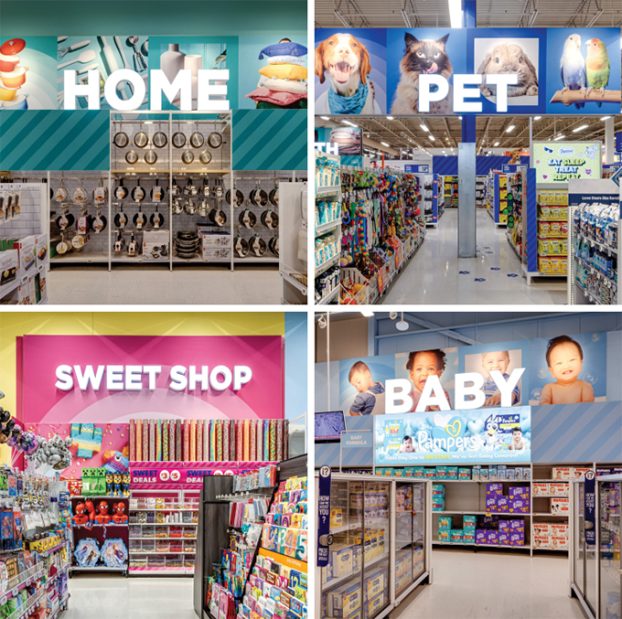
Bargain hunting is leading shoppers to switch up their primary grocery stores.
That shift is one of the insights from Caddle’s Canadian survey of 2,880 shoppers from late January. According to the survey, 62.2% of respondents opted to switch primary stores in the past year to secure better deals, while 29.8% of respondents exclusively select grocery stores based on in-store discounts and promotions.
Caddle’s data also shows that 6 in 10 respondents “always” seek out discounts and promos, while coupon redemptions have risen between 2015 and 2019 (2.5 billion to 3.1 billion redeemed).
Percentage discount off is the most popular way to appeal to deal-hunters (26% of respondents), followed by loyalty offer rewards (24%), markdowns/clearance items (15%), and coupons or digital offers (15%).
Whether a discounted grocery product is used regularly is the primary driver of purchase decision (57.9%), closely followed by discount percentage offered (57.2%) and then freshness/expiration date (47.5%).
Leading the pack in terms of discounted food purchased is fresh produce, or meat and seafood (60%), followed by CPGs (58%), baked goods (49%), dairy products (48%) and ready-to-eat meals (33%).
When purchasing expiring food in-store, the level of discount that is enough to make respondents consider buying it is 50% (reported by 47% of shoppers) followed by 30% (27% of shoppers).
One third of Canadians report using food-rescuing apps, the two most popular being FlashFood and Too Good to Go. Saving money, according to the Caddle numbers, is overwhelmingly the biggest motivator (73%) followed by reducing food waste (35%).
With respect to specific grocery stores or supermarket chains that respondents consider to be particularly good at offering in-store discounts and promotions, Loblaw banners lead the way (54%), followed by Walmart (35.5%) and Costco (26.8%).
Survey respondents report they usually become aware of in-store grocery discounts and promotions via store flyers or circulars (61%), mobile apps or web alerts (50%) and in-store signage and displays (44%).























